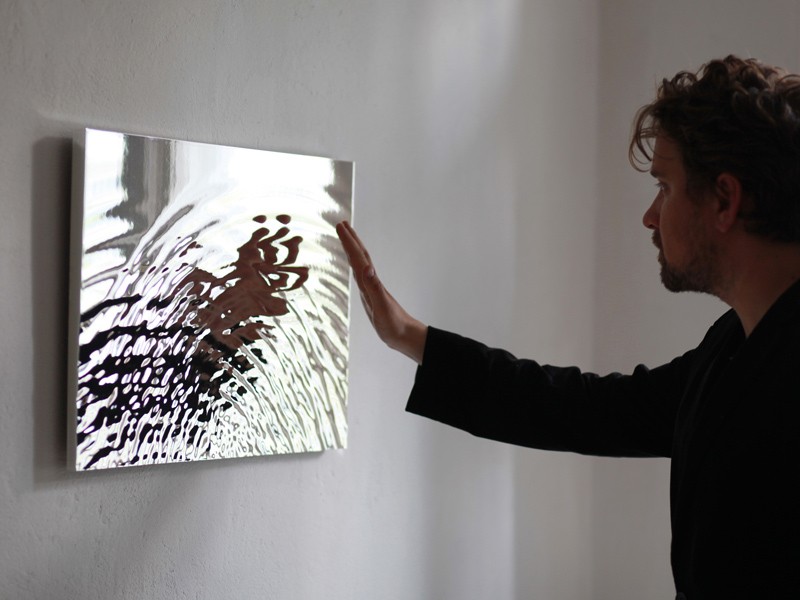Jul 10, 2014 | design, sculpture
Fredrik Skåtar is a Swedish architect, artist and researcher exploring and manipulating natural forms. He created his “Vibration mirror” in 2010, a polished aluminum sculpture that expanded on a previous work “Wave table.” “Wave table” was made of acrylic glass so you could see ‘through’ the water instead of your own reflection.
The ripples in the ‘water’ of “Vibration Mirror” reveal a distorted view of what’s before the piece, bringing the viewer into direct interaction with the work. Two half-circles radiate out, as if two people standing in front of the work each created their own stir in the flat mirror. The mirror’s flat top contrasts its busy bottom, where the two sets of scattered wrinkles intersect to create a loose grid of waves.
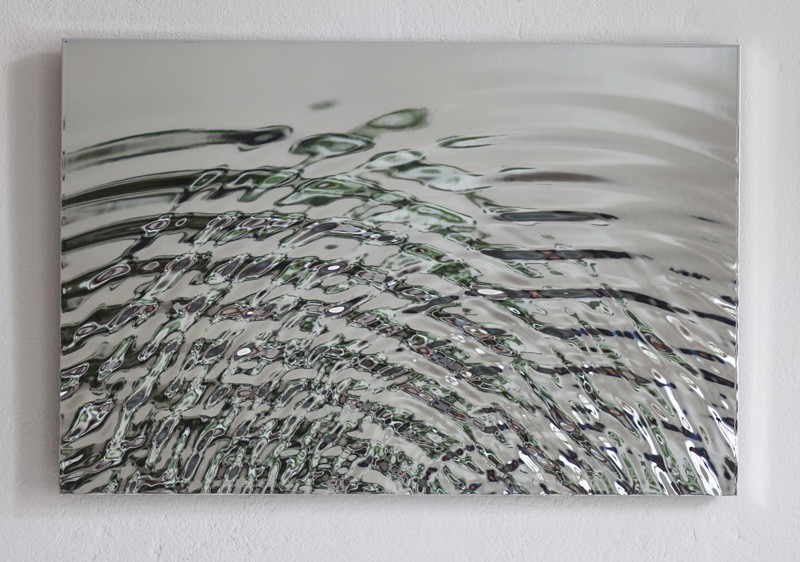
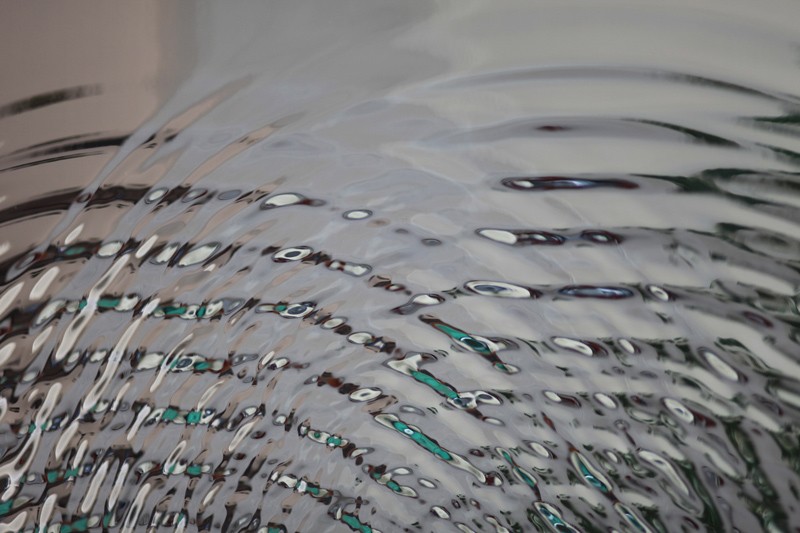
Fredrik writes, “Shapes of water are constantly generated all around us, too fast for the human eye to perceive. The Vibration mirror is a sculpture where time has been stopped to materialize the complex geometry of intersecting water ripples.
The Vibration mirror is a part of the projects ‘From animation to sculpture’ and ‘Matter of sound’ that was funded by The Swedish Arts Grants Committee (Konstnärsnämnden) and The Royal Swedish Academy of Fine Arts in 2010 and 2012.”
Jun 25, 2014 | design, painting
Pawel Nolbert is a graphic artist in Poland, whose work with digital visuals began 13 years ago. He’s created for Adobe, Google, Disney, the Grammy’s and a lot of other names you’d recognize, but it’s the work he makes for himself that blows everything else out of the water.
His latest project, Atypical is a part-typography, part-contemporary art series that features bright, elegant swishes of paint dancing through the air, freed from their usual canvas prison. Most of the eight prints have some semblance to a letter or number, which contradicts that freedom-feeling that comes from working in four dimensions. But there is one spiraling tunnel of blue-purple that really lets loose.
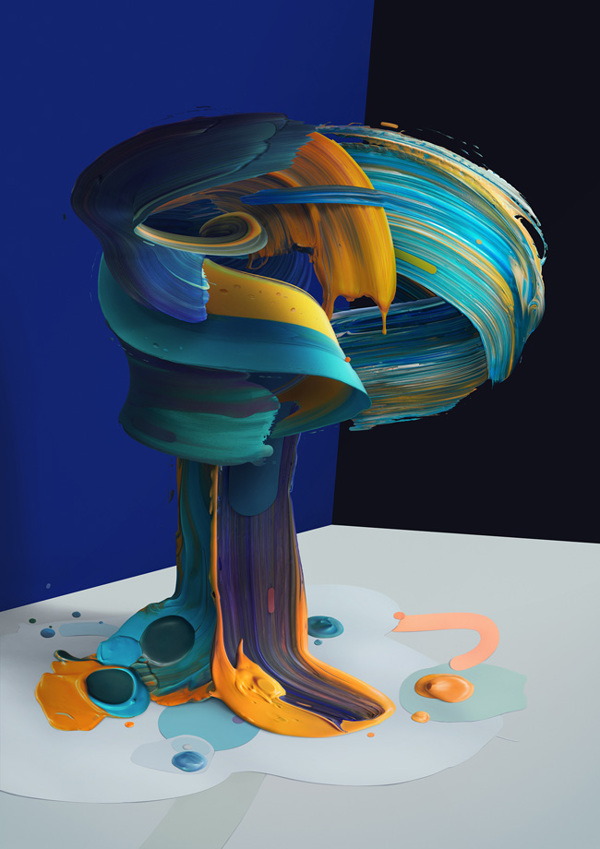
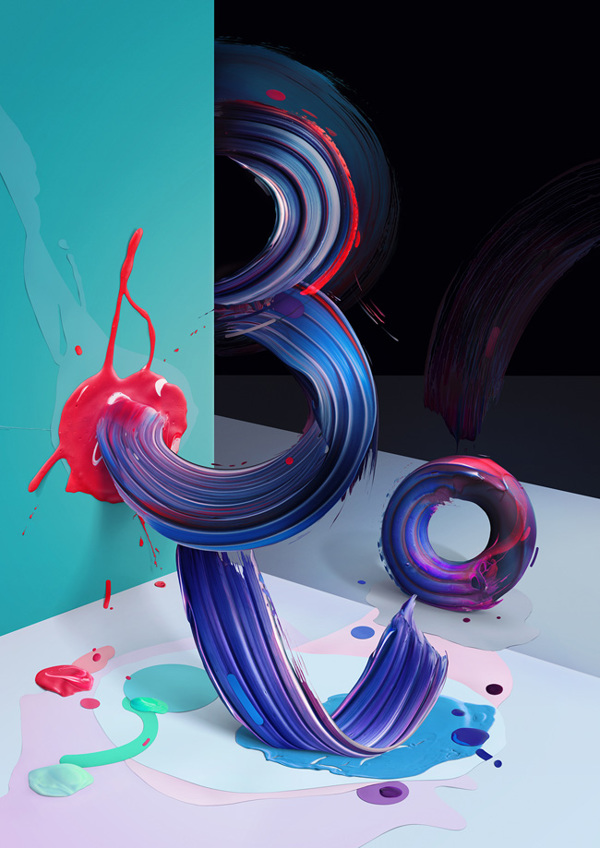
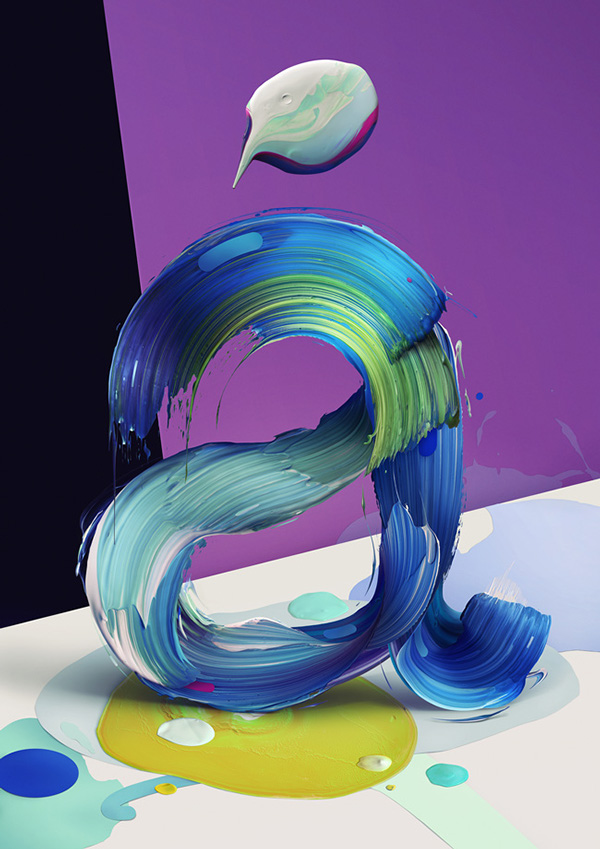
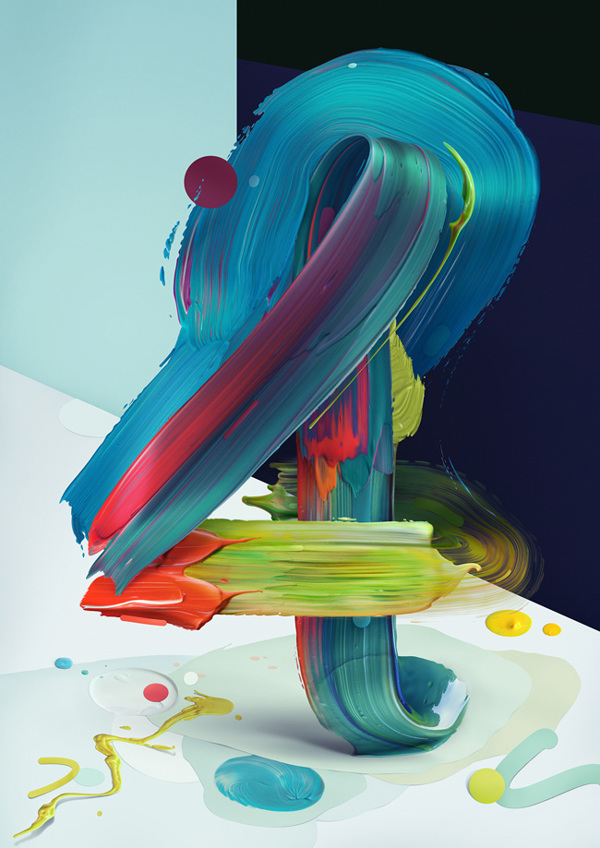
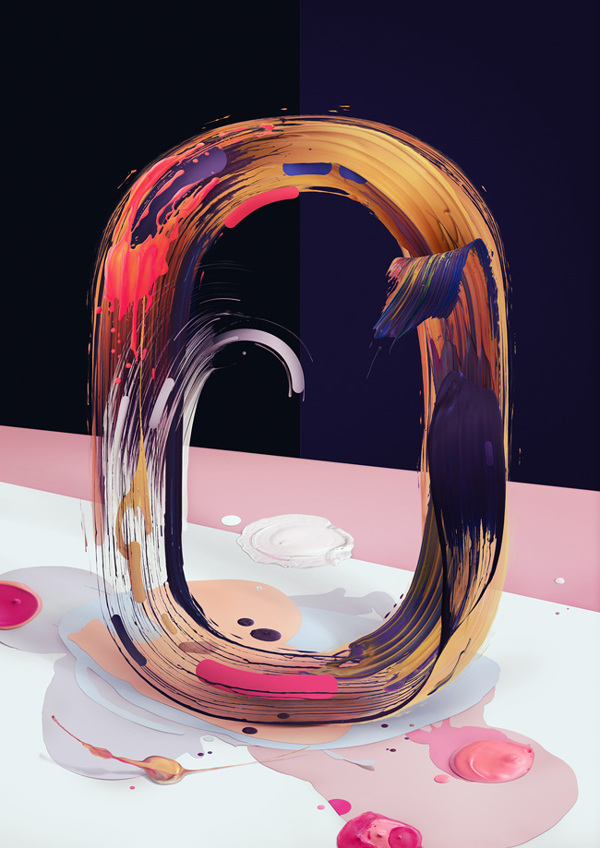
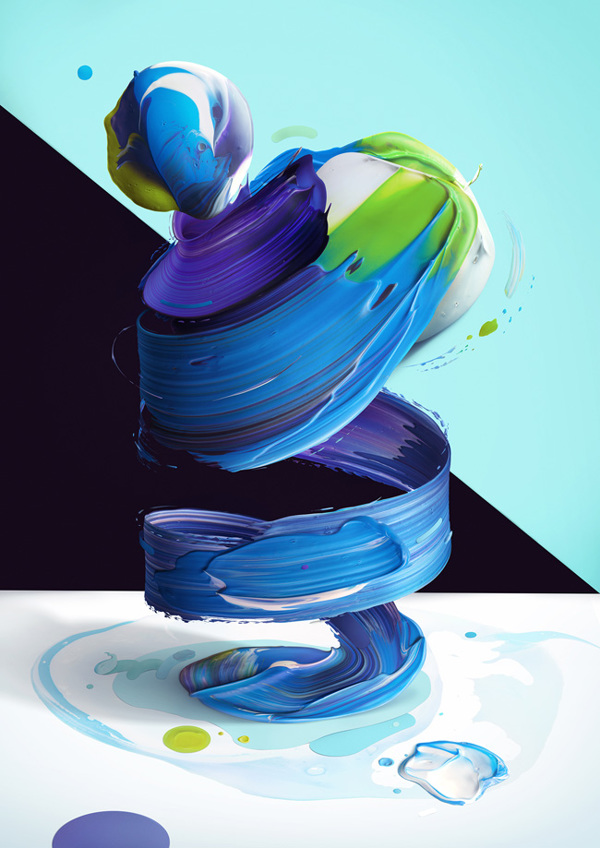
Nolbert created Atypical by actually painting what you see in the works on clear plastic panels that could be twisted and manipulated. The photographs of that painted plastic were then perfected and assembled digitally so that the paint became it’s own entity — thick brushstrokes waltzing in the wind.
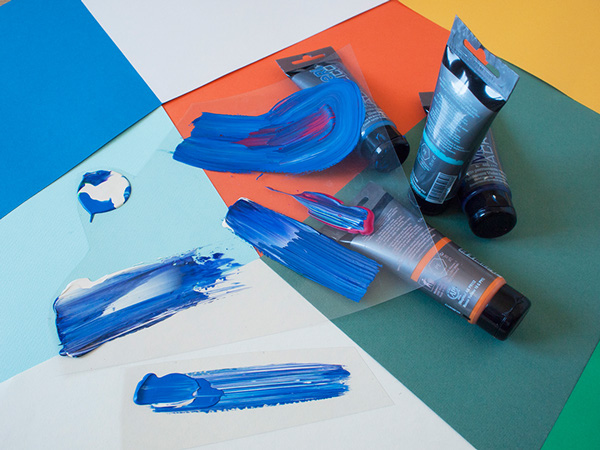
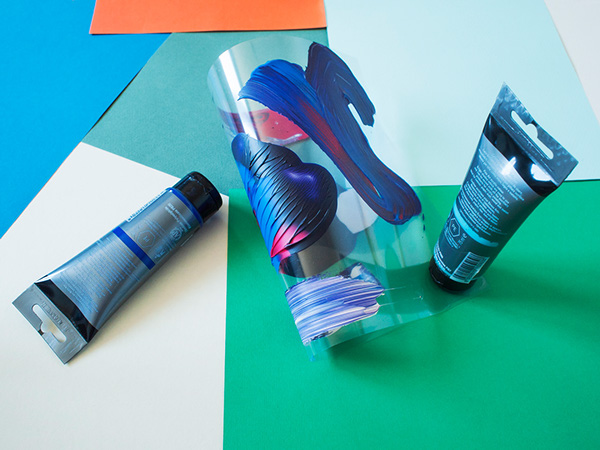
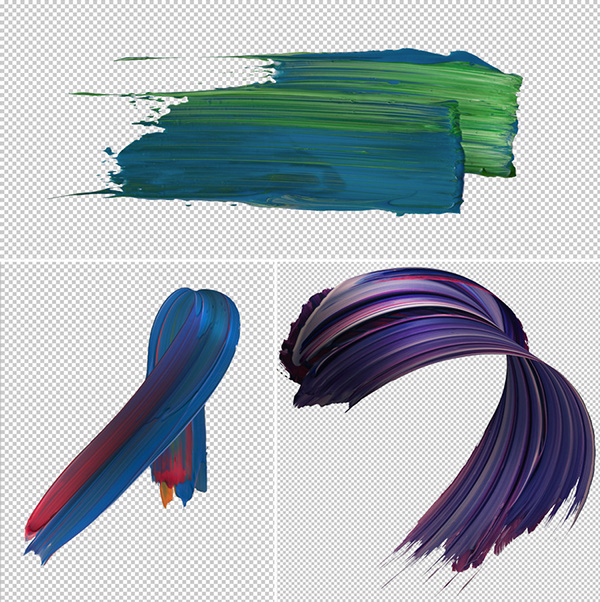
To see more of Pawel Nolbert’s work, find him on Facebook, Twitter, Behance and his amazing Instagram.
Jun 16, 2014 | art history, guest post, painting
by Alison Lansky
Paul Cézanne was a French artist perhaps most famous for his ‘Bathers’ and who is often credited with having bridged the gap between Impressionism in the late 19th Century and Cubism in the early part of the 20th Century. Like many artists, his work can be defined by a number of distinct periods each with its own style. The four most commonly recognised periods in terms of Cézanne’s work are his post-impressionism period; his cubism period; his impressionism period; and his modern art period. However, the period that I want to look at today is his impressionist and post-impressionist period and more specifically how his work impacted the impressionist movement.
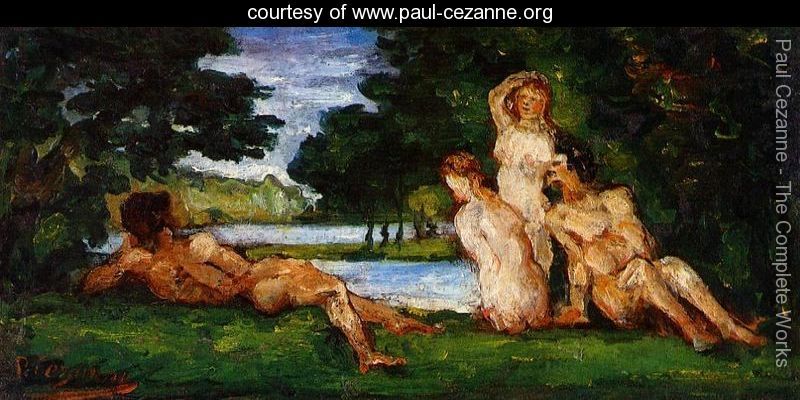
What Is Impressionism?
Impressionism was a style of painting which emerged in France during the 1860’s. The main characteristics of the impressionist style were the need to capture a visual impression of the moment and the effects of light and color. It has often been said that impressionists are more concerned with capturing the feeling or the experience rather than creating an accurate reproduction of a scene. Nature played a big role in the impressionist movement with most artwork focused on the outdoors. One of the hallmarks of an impressionist painting is the use of short brush strokes and thickly applied paint along with a lack of fine detail. If you want to try your hand at impressionist style painting then you should be able to find a selection of useful books at most leading art supplies stores. There are several interesting titles available from JacksonsArt.com.
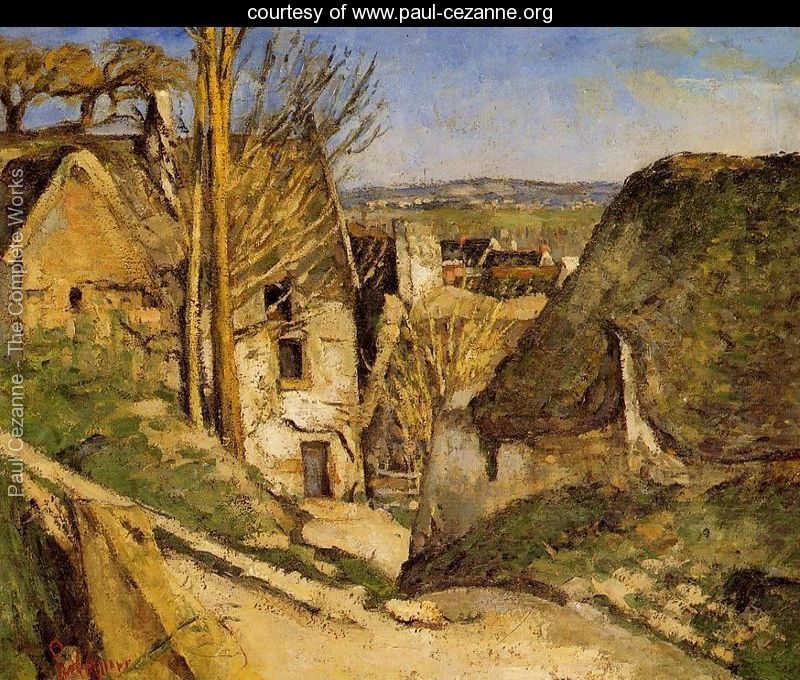
Cézanne’s Impressionist and Post-Impressionist Works
Cézanne’s impressionist period was at its peak in the 1870’s. Some of his most famous impressionist works include ‘House of the Hanged Man’ and his series of ‘Bathers’. While Cézanne exhibited his paintings alongside other impressionists such as Claude Monet, over time his style began to change setting him apart from the other artists of the time. He was plagued by the feeling that the impressionists were lacking in one of the most important hallmarks of classical art : structured composition.
This deviation from the normal impressionist style was met wit criticism. Where other impressionists captures a delicate and sensuous feel in their work, any felt that Cezanne’s brush strokes were forced or strained due to his insistence on creating a more unified structure between color, surface and brush strokes. It was Cézanne’s experimentation with planes of color which led to other artists including Pablo Picasso being influenced to create the style we now know as cubism. It is because of this that Paul Cézanne is often thought of as one of the fathers of modern art.
Overall, it is clear that although Cézanne initially came under fire upon deviating from what was expected in the art world at the time to the point where he was routinely rejected by the Salon, his distinctive style certainly developed over time and went on to influence great artists including Manet, Picasso and Renoir to develop a more modern style. In fact, Pablo Picasso is quoted as having said, ‘As if I didn’t know Cezanne! He was my one and only master. […] It was the same with all of us – he was like our father.’ Modern art would not be where it is today without the likes of visionary artists like Paul Cézanne.
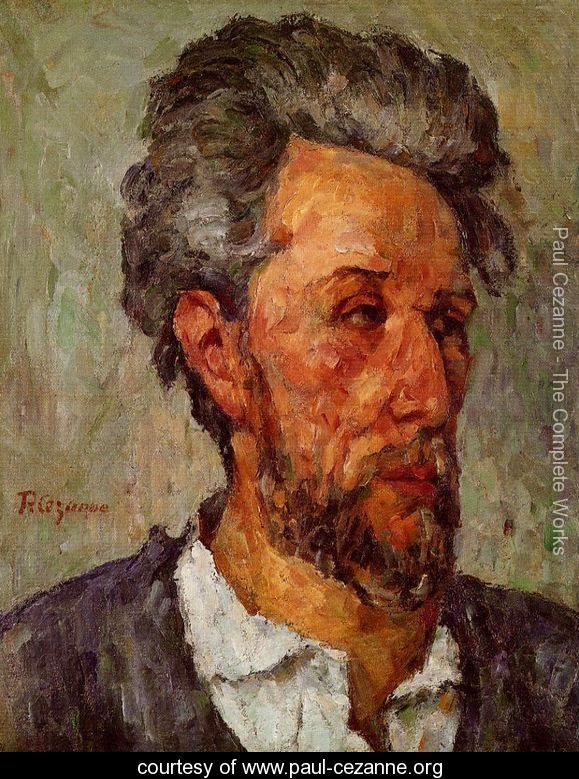
–
Alison Lansky loves blogging and art. She is also the mother of 2 beautiful children – her own works of art!
Jun 11, 2014 | design, illustration
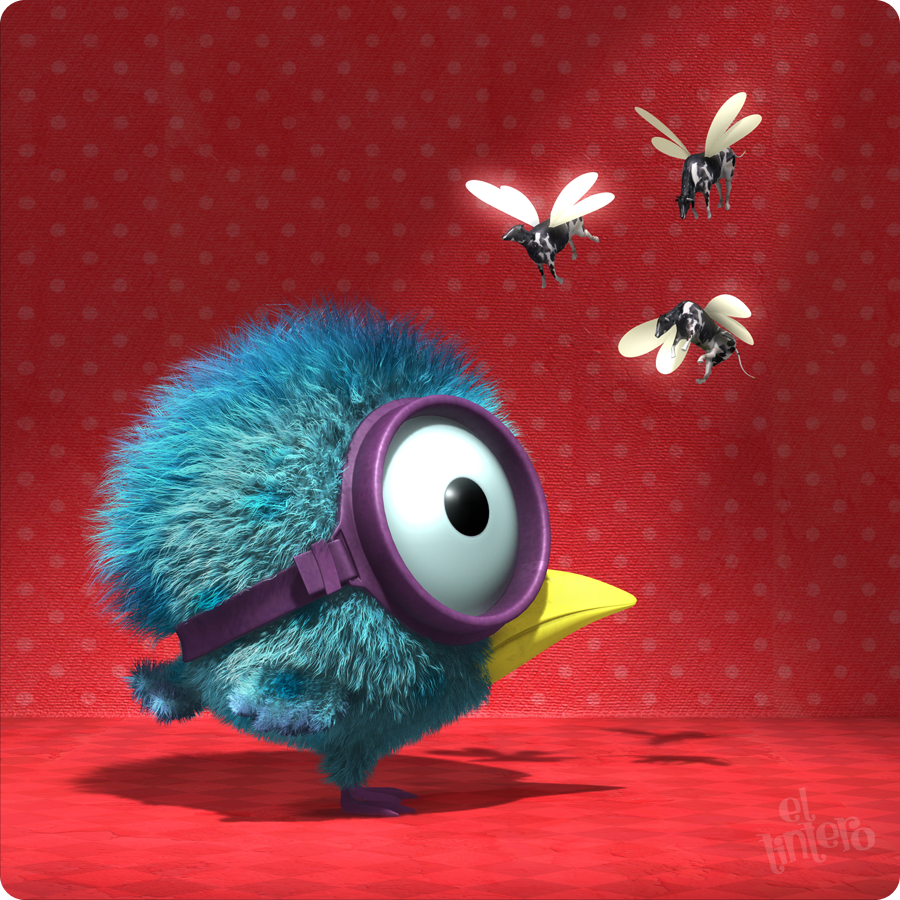
“Policarpio,” 2010: “Policarpio is a little swimmer birdie who is visited by his 3 fairy godmothers …”
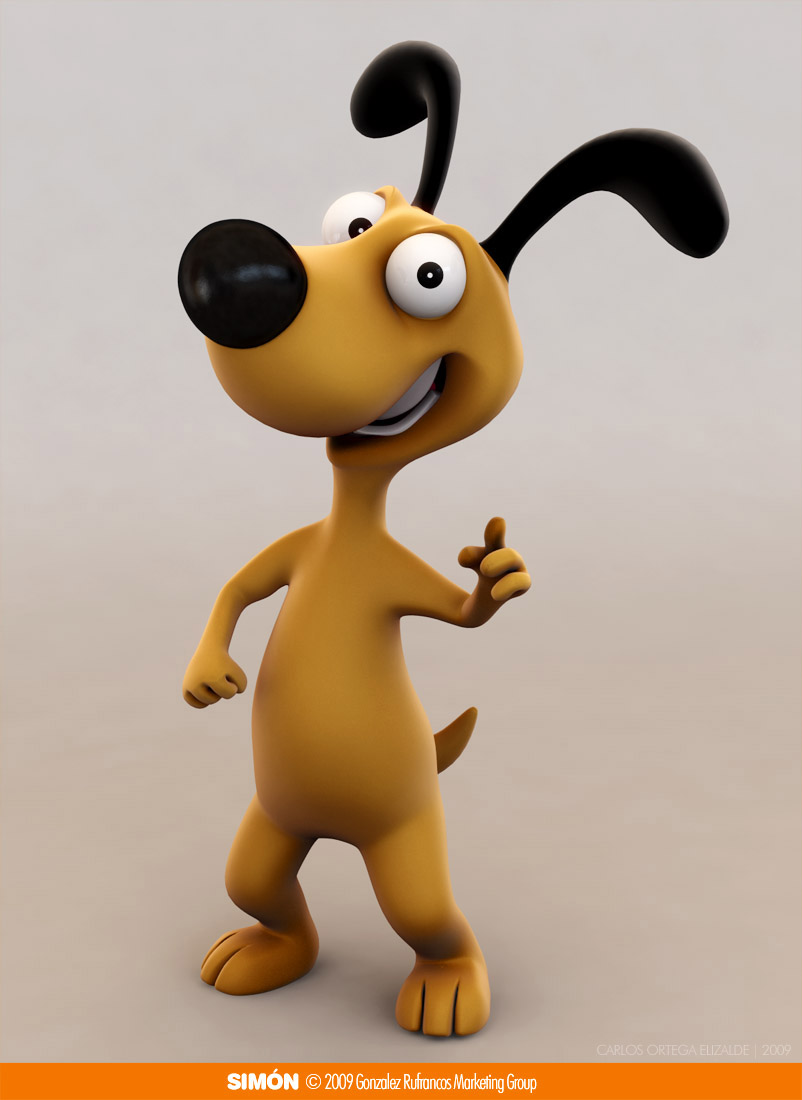
“Simon The Dog,” 2009: Character modeled for a marketing agency.
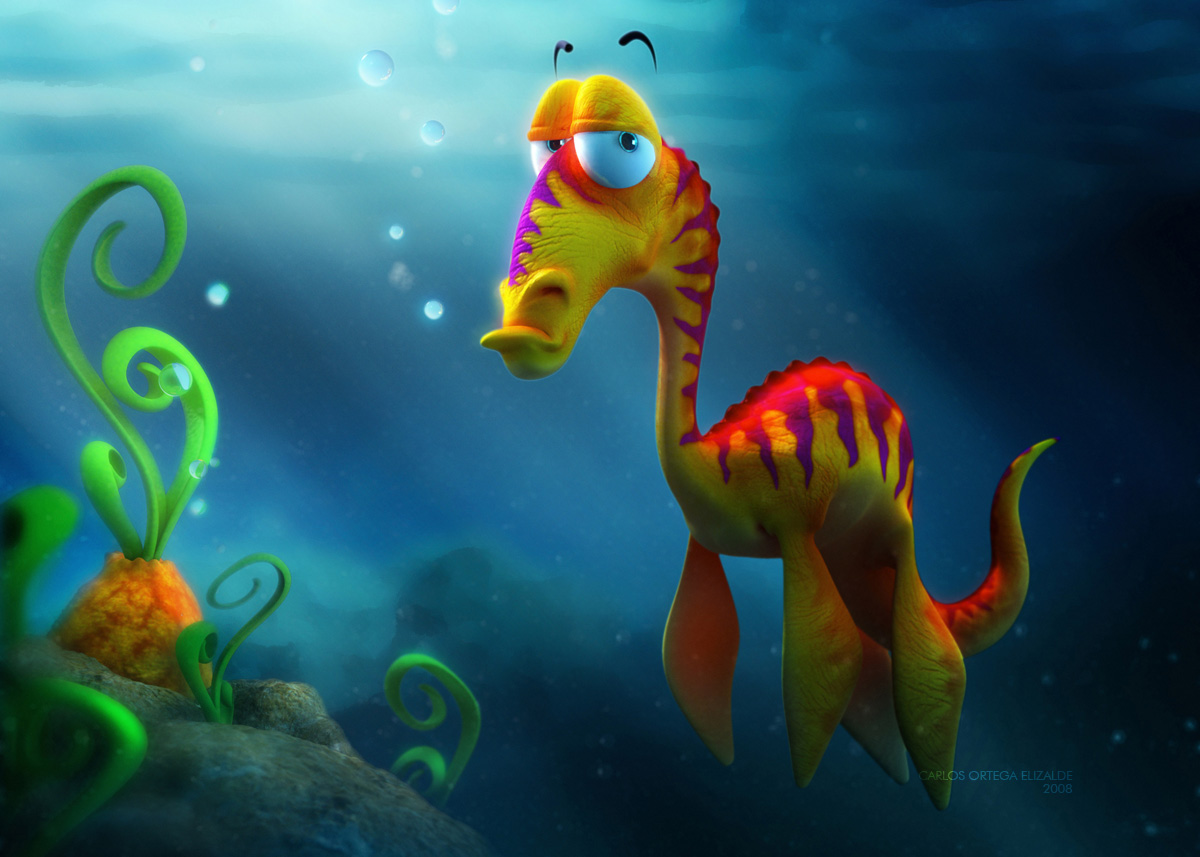
“Erasmo the plesiosaur,” 2008: “I created this character for a challenge at 3DTotal.com. My concept was simple: to make a cute and colorful animal with a grumpy and annoyed attitude.”
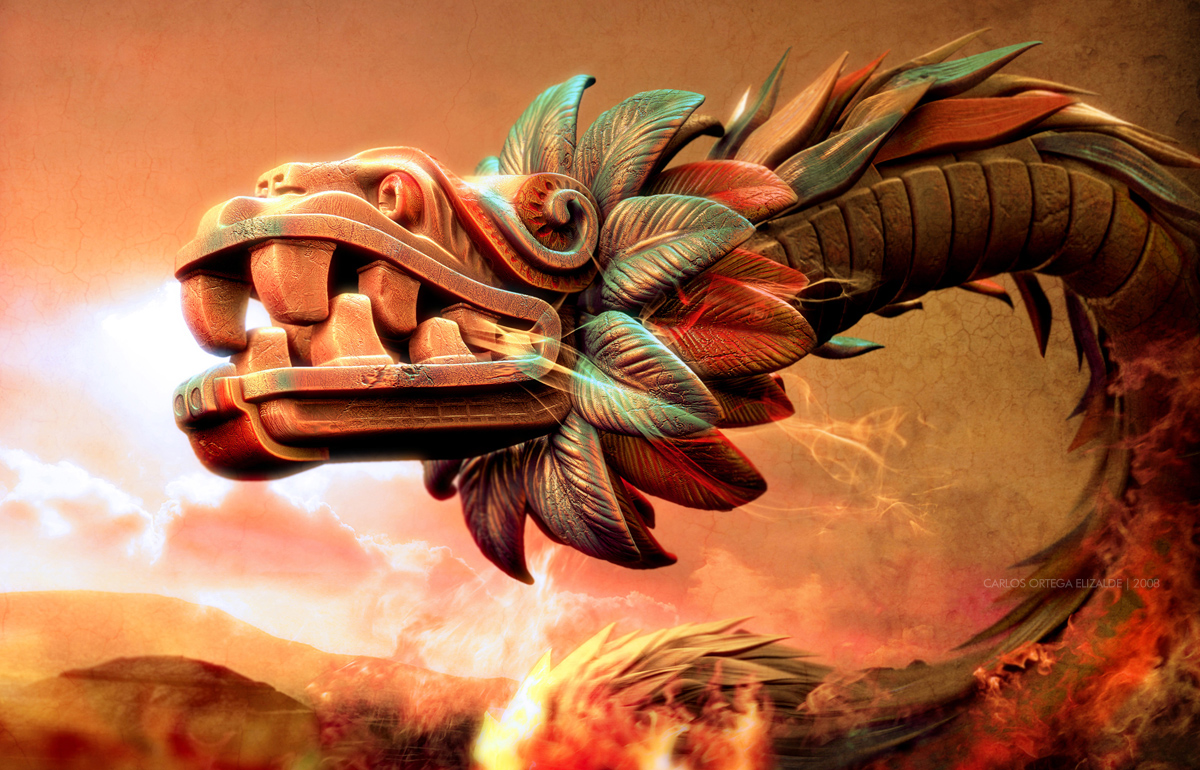
“Quetzalcoatl’s Rage,” 2008: “The aztec god Quetzalcoatl waking up in his stone body and facing the enemy, waiting for the battle…”
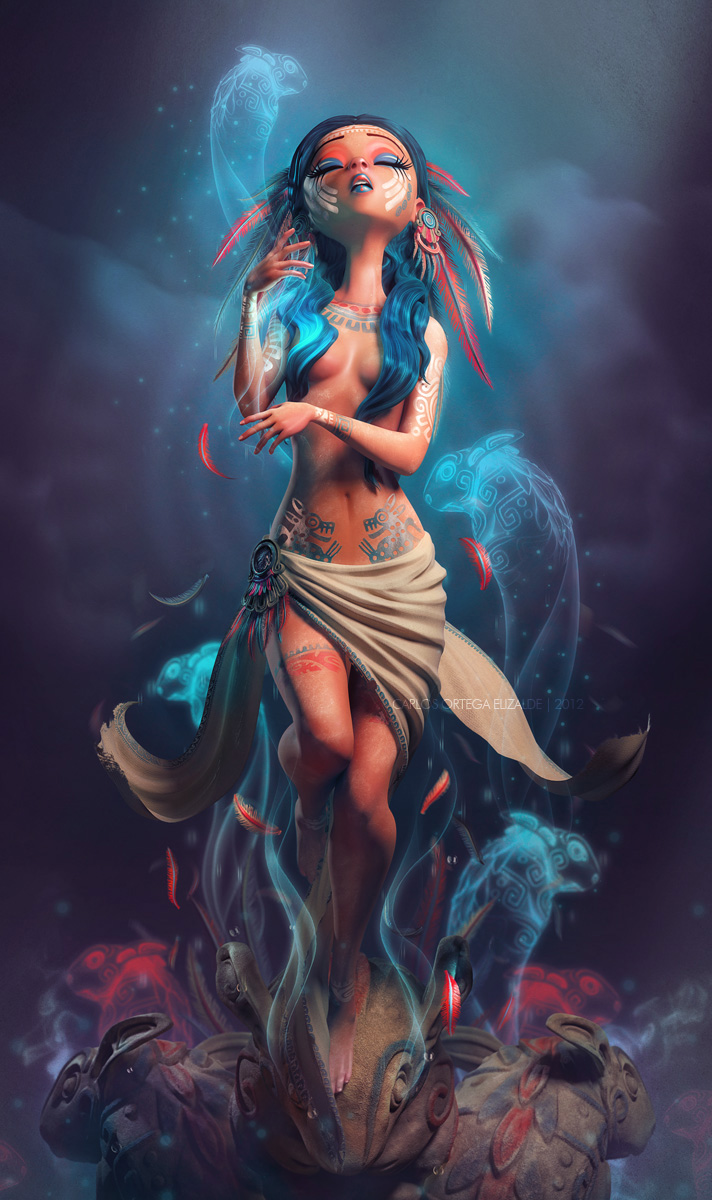
“The Weeping Woman,” 2012: “Created for the Collective Exhibition in Mexico: “Ilustrando para” as homage for the mexican Rock Band ‘Caifanes'”
Spunky animals take on personalities to match in Carlos Ortega‘s 3D artwork. Similar in style to Pixar movies and Frozen, his women have teeny tiny button noses and huge almond eyes that rest in their perfect round cheeks. But it’s his birds with goggles and imagined sea creatures that open the gates of possibility.
If you’ve seen the 2012 CocaCola short, “Crabs & Penguins,” Carlos designed the soccer-playing penguins in the video!
Apr 16, 2014 | guest post
The common form of advertising is a form of communication used to persuade viewers or listeners to purchase a new product. But did you know that an outstanding radio or TV ad can also be referred to as a form of art?
When people hear the word “art,” they usually relate it to paintings and sculptures, like Da Vinci’s “Mona Lisa,” or Michelangelo’s “David.” Art is used to chronicle events, tell a story, create statements or convey emotions. Art, when used effectively in radio and television advertisements, can influence a person’s feelings, attitudes and ideals, and even persuade the audience to purchase a product or service. A Super Bowl Pepsi commercial may not have a place in the Louvre but the ad fits this definition of art.
Audio Art
Despite the fact that it only appeals to our sense of hearing, an excellent radio ad utilizes various art forms such as music, script writing, sound effects and vocal talent to create visual images in the listener’s mind and to bring the ad to life. After the writer finishes the script, sound engineers would then manipulate the sounds to capture the perfect pitch, tone and volume. One of the best radio ads of 2012 is Earphone Bully. It even won a Gold Radio Lion at Cannes the same year.
Visual Art
With all the advanced technology available on the market, graphic artists are able to create remarkable visual effects through computer-generated graphics and animation. The famous 2006 Coke commercial from the Netherlands was shown worldwide because of its brilliant use of animation.
Cinematography & Photography
A simple concept may result to an explosive TV advert with the amazing use of cinematography. Just like Budweiser’s “Puppy Love” commercial from the recent Super Bowl season. It is a simple concept but the sequences and how the entire commercial was shot plus the music accompaniment appeals to the masses.
Even online gaming companies know the importance of a great cinematography. Online bingo game Iceland Bingo may have used two simple ducks walking down the road, but how the commercial was executed really gets the point across: Play bingo and you will have fun.
Same thing goes with photography. A plain food and beverage can turn into a visual masterpiece with just the right lighting and positioning of the camera to capture the perfect angle. All these artistry can contribute to sell a product successfully.
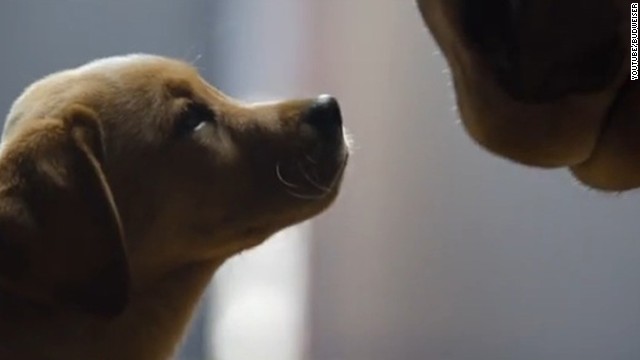
Disclaimer: This is a guest post!


